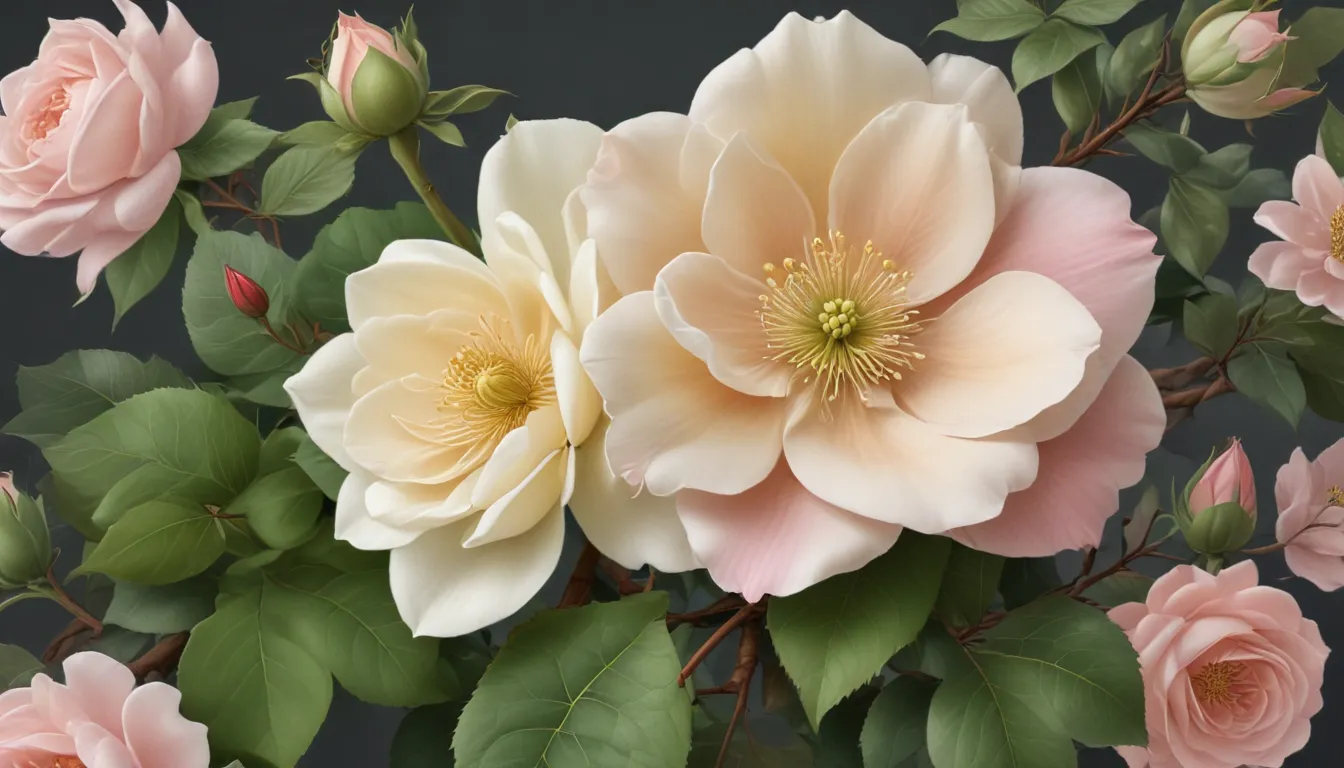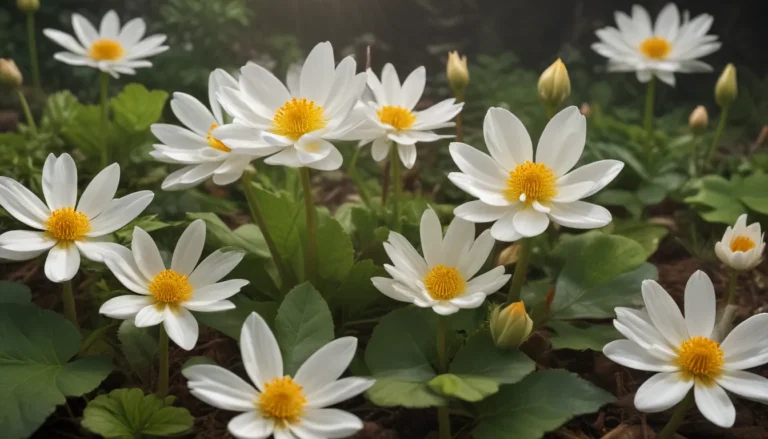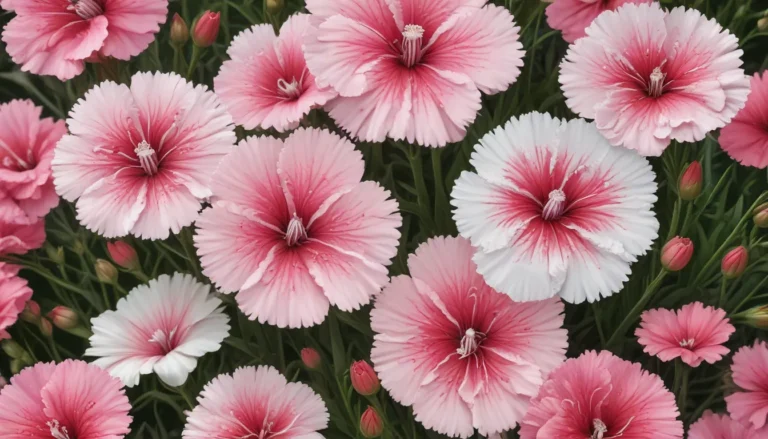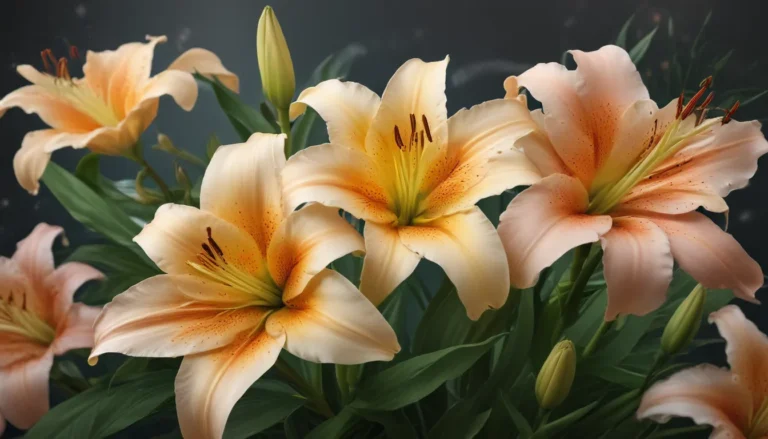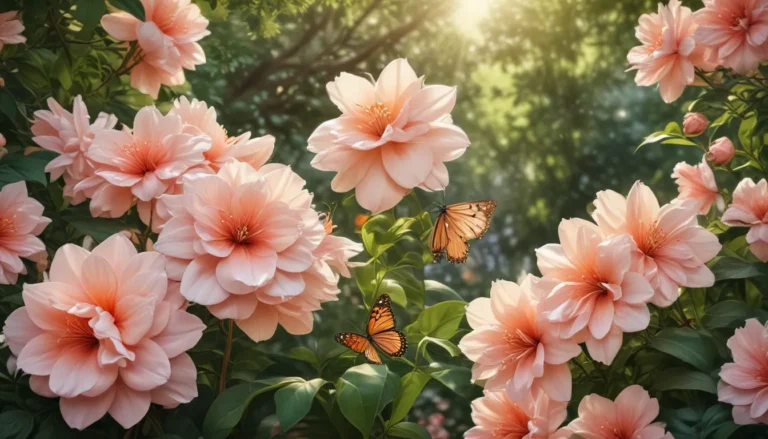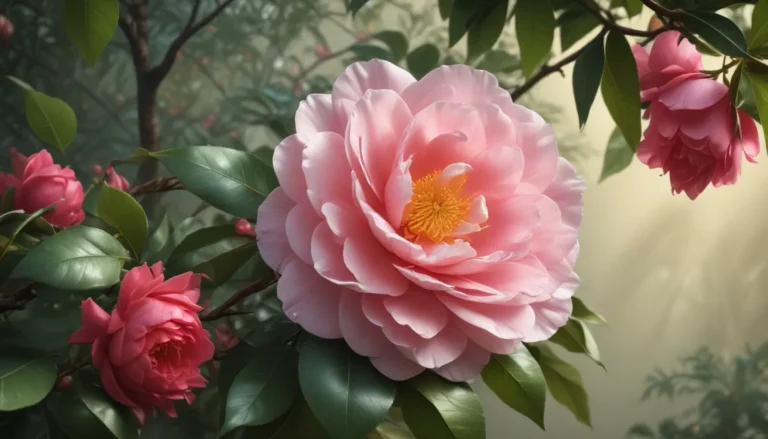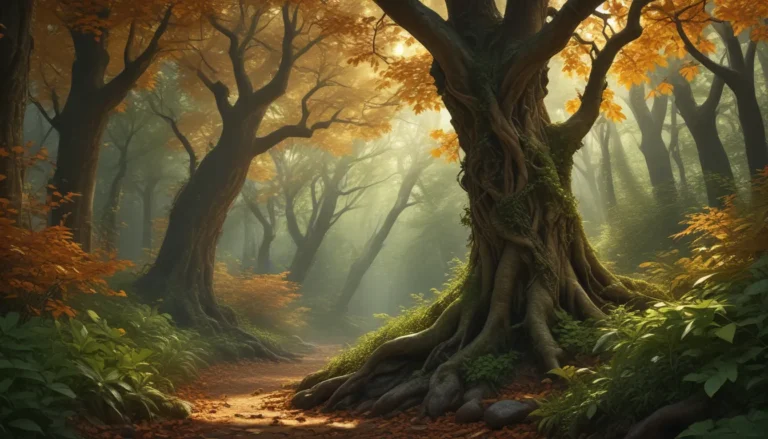The pictures we use in our articles might not show exactly what the words say. We choose these pictures to make you interested in reading more. The pictures work together with the words but don’t take their place. The words still tell you the important facts.
Welcome to the enchanting world of the Christmas rose, a captivating flower that defies the odds by blooming in the coldest months of the year. Despite its misleading name, the Christmas rose is not a rose at all but rather a resilient plant with mystical origins and intriguing properties. Join us as we dive into the fascinating realm of the Christmas rose, exploring its origins, symbolism, and unique characteristics that make it a beloved favorite among gardeners and flower enthusiasts.
Unveiling the Mysteries of the Christmas Rose
Let's uncover the secrets of the Christmas rose, also known as Helleborus niger. Originating from the mountainous regions of Europe, this exquisite flowering plant boasts dark roots that lend it a unique charm.
The Truth Behind the Name
Contrary to its name, the Christmas rose is not a rose at all; it belongs to the buttercup family and shares its lineage with plants like the peony and anemone. The name "Christmas Rose" is a nod to its tendency to bloom during the winter months, spreading beauty and joy during the holiday season.
Mystical Legends and Symbolism
The Christmas rose has been steeped in mystical legends and symbolism for centuries. One myth suggests that the flower sprouted from the tears of a young girl who had no gift to offer the baby Jesus. Today, the Christmas rose symbolizes hope, purity, and new beginnings, adding a touch of magic to winter landscapes.
Toxic Beauty: Handle with Care
While the Christmas rose exudes beauty, it harbors toxic compounds that can be harmful if ingested. It's essential to handle this plant with care and keep it out of reach of children and pets. On the bright side, its toxic properties make it resistant to garden pests like deer, adding to its allure for gardeners.
Resilience in Adversity
Despite its delicate appearance, the Christmas rose is surprisingly resilient. It can thrive in a variety of soil conditions and is well-suited for partially shaded areas, making it a versatile choice for winter gardens. Its adaptability adds to its charm, attracting gardeners seeking to infuse color into their landscapes during the colder months.
Winter Elegance in Bloom
One of the most captivating features of the Christmas rose is its ability to bloom during the harshest winter conditions. While other plants lie dormant, the Christmas rose unfurls elegant white flowers with striking yellow stamens, creating a beautiful contrast against the winter backdrop.
Medicinal Marvels
The Christmas rose boasts a rich history of medicinal use, with its roots traditionally employed to treat fevers, digestive issues, and joint pain. However, it is crucial to consult a healthcare professional before using its medicinal properties. The Christmas rose's healing potential adds another layer of intrigue to its already fascinating profile.
A Timeless Garden Favorite
With its enduring beauty and symbolic significance, the Christmas rose has earned a cherished place in gardens worldwide. Its long-lasting blooms and evergreen foliage make it a sought-after addition to winter floral arrangements and holiday décor, spreading joy and enchantment wherever it grows.
Conclusion: Embracing the Magic of Christmas Rose
In conclusion, the Christmas rose is more than just a flower—it is a source of hope, beauty, and resilience. Its ability to blossom during the winter months symbolizes new beginnings and the enduring spirit of nature. Whether you're a gardening enthusiast, a history buff, or simply captivated by its allure, the Christmas rose is sure to enchant and inspire you with its timeless charm.
FAQs: Unveiling More Secrets of the Christmas Rose
- What is the origin of the Christmas Rose?
-
The Christmas Rose, also known as Helleborus niger, hails from the mountainous regions of Europe and has a mystical history entwined with folklore and mythology.
-
Is the Christmas Rose poisonous?
-
Yes, the Christmas Rose is toxic if ingested and should be handled with care to avoid harmful effects on humans and animals.
-
Can the Christmas Rose be grown indoors?
-
While challenging, the Christmas Rose can be grown indoors with proper care, ensuring a cool, bright environment away from direct sunlight for its optimal growth.
-
How do I propagate the Christmas Rose?
-
Propagate the Christmas Rose through division in spring or by sowing seeds in late summer, ensuring a period of cold stratification for successful germination.
-
How long does the Christmas Rose bloom?
- The Christmas Rose typically blooms from late winter to early spring, with the blooming duration varying based on climate and growing conditions, offering lasting beauty to your garden.
Dive Deeper into the Enchanting World of Christmas Rose
If these facts about the Christmas rose have piqued your interest, there's more to explore! Delve into our articles packed with captivating details on the Christmas rose and its intriguing relatives like Hellebore. Unravel the mysteries and beauty of these enchanting winter blooms as you embark on a journey of discovery and wonder.
Journey into Enchantment with the Christmas Rose
Join us as we celebrate the magic of the Christmas rose, a timeless symbol of hope, beauty, and resilience. Whether you're a seasoned gardener or an admirer of nature's wonders, the Christmas rose is sure to captivate your heart and inspire your soul with its enduring charm. Embrace the beauty of winter with the Christmas rose and let its elegant blooms brighten your days with joy and serenity.
Explore, Learn, and Grow with Us
Our commitment to delivering engaging, accurate content is at the core of our mission. Each fact shared on our platform is a contribution from individuals like you, enriching our collective knowledge and understanding. Trust in our dedication to quality and authenticity as you embark on a journey of exploration, learning, and growth. Together, we can uncover the beauty and wonders of the natural world, one fascinating fact at a time.
